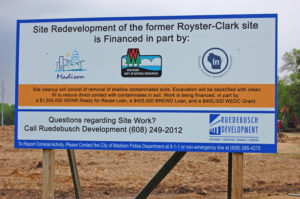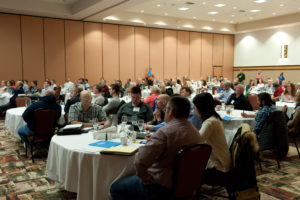The RR Program recently added four, new online tools to our vapor intrusion (VI) prevention web page to assist environmental professionals as they prepare VI assessments or plan for outreach on a site impacted by vapor intrusion.
Three of these tools are located on the Vapor Intrusion for Environmental Professionals website, under the “community outreach” tab, and include:
- Vapor Intrusion 101 video uses a hand drawn animation technique to introduce the concept of vapor intrusion. It is intended for use in conjunction with factsheets and personal communication when talking with a property owner who is unfamiliar with vapor intrusion.
- The Responsible Neighbor – A Vapor Intrusion Story video shares an important message for consultants, attorneys, and RPs on how good communication with neighbors benefits everyone involved with an environmental cleanup.
- RR-067: Vapor Intrusion Investigation – Information Sheet for Neighbors can be given to an off-site property owner when access is needed to investigate vapor intrusion on their property. This factsheet provides an introduction to environmental investigations, identifies the parties involved, and clarifies who the property owner can contact with questions.
The fourth new tool is on the same web page, under the “screening levels” tab:
- Quick Look-Up Table for VALs and VRSL Wisconsin’s Vapor Action Levels (VALs) and Vapor Risk Screening Levels (VRSLs) have changed over time due to updates to EPA’s risk calculations and changes in default attenuation factors. History of Changes to VALs, VRSLs and Attenuation Factors for Common VOCs is a quick reference to the historical screening levels and the dates when changes occurred, and is intended to clarify the basis for past decisions at a site.
Questions about these new tools or other issues related to vapor intrusion can be directed to Alyssa Sellwood, the RR Program’s VI specialist.




